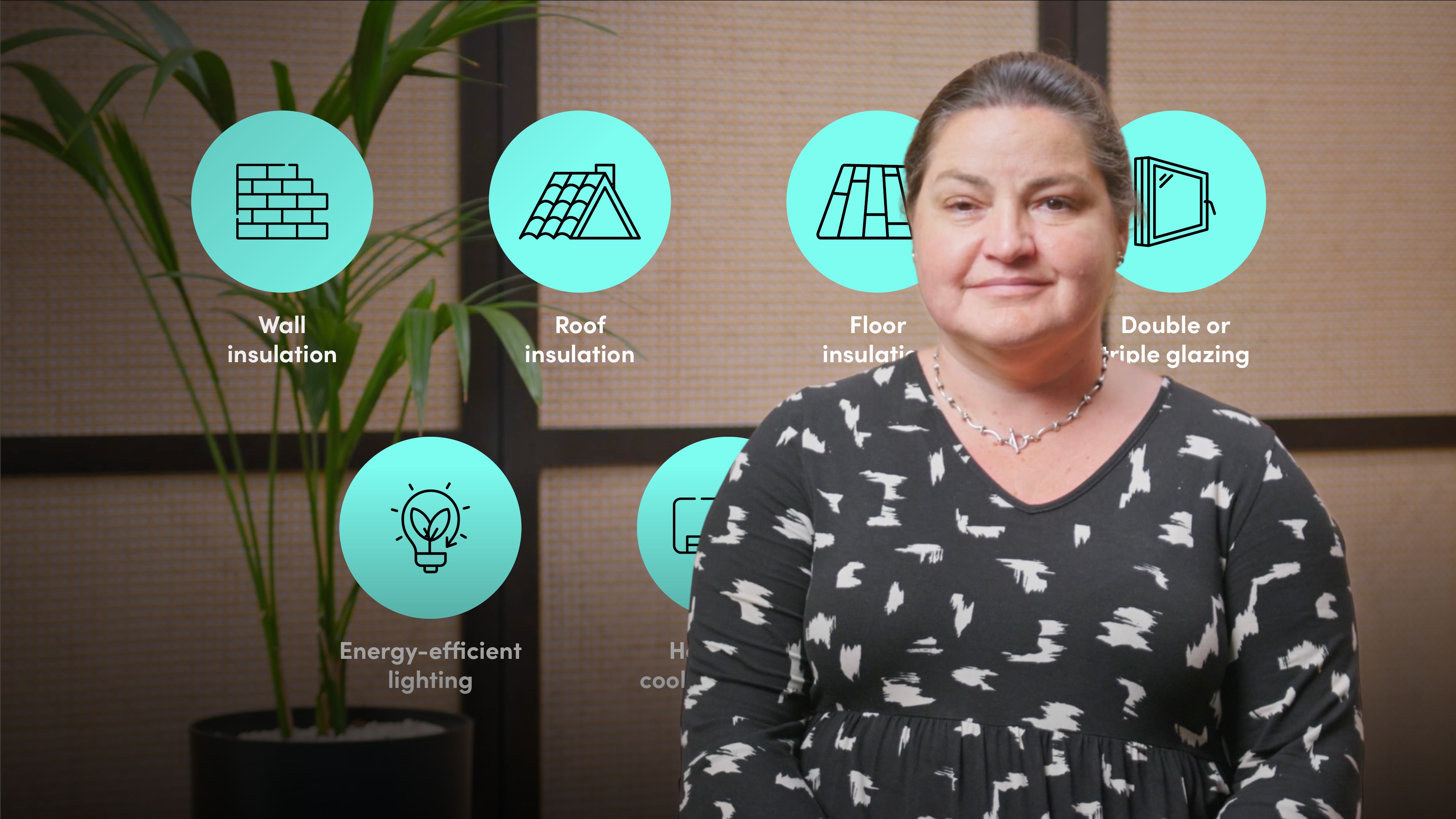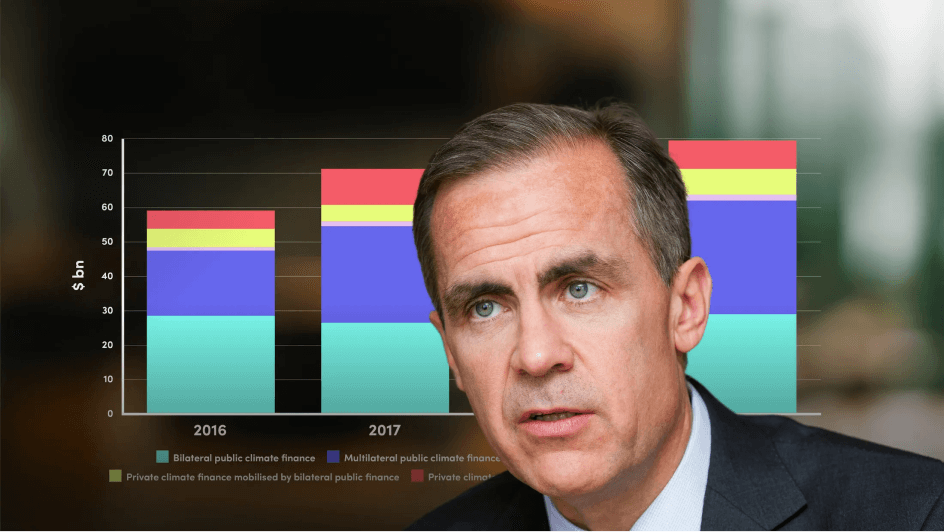
Minimum Energy Efficiency Standards (MEES) in the UK

Philippa Gill
20 years: Real estate investment
Join Philippa Gill and learn how staying compliant with energy efficiency rules can protect property value, avoid costly fines, and support climate goals.
Join Philippa Gill and learn how staying compliant with energy efficiency rules can protect property value, avoid costly fines, and support climate goals.
Subscribe to watch
Access this and all of the content on our platform by signing up for a 7-day free trial.

Minimum Energy Efficiency Standards (MEES) in the UK
17 mins 27 secs
Key learning objectives:
Understand MEES legal requirements and regional differences in the UK
Identify MEES compliance steps, exemptions, and enforcement
Understand MEES impacts on property value and finance
Identify upgrades to meet future MEES standards
Overview:
Subscribe to watch
Access this and all of the content on our platform by signing up for a 7-day free trial.
- Where improvements would fail the “Seven-Year Payback” test
- Required third-party consent has been denied
- Improvement works already been completed with no rating improvement
- Improvements would reduce the property’s market value by over 5%
- Audit your portfolio: Identify EPC ratings, especially those rated F, G, or borderline E
- Update EPCs: Reassess any EPCs older than 5-7 years
- Commission a professional assessment: Get expert advice on cost-effective upgrade options
- Align upgrades with building plans: Time improvements with lease breaks or refurbishments
- Register Valid Exemptions: Ensure documentation is complete and officially recorded (in England and Wales)
- Stay ahead of policy changes: Track evolving standards and prepare early to avoid last-minute costs
Subscribe to watch
Access this and all of the content on our platform by signing up for a 7-day free trial.

Philippa Gill
There are no available Videos from "Philippa Gill"





























